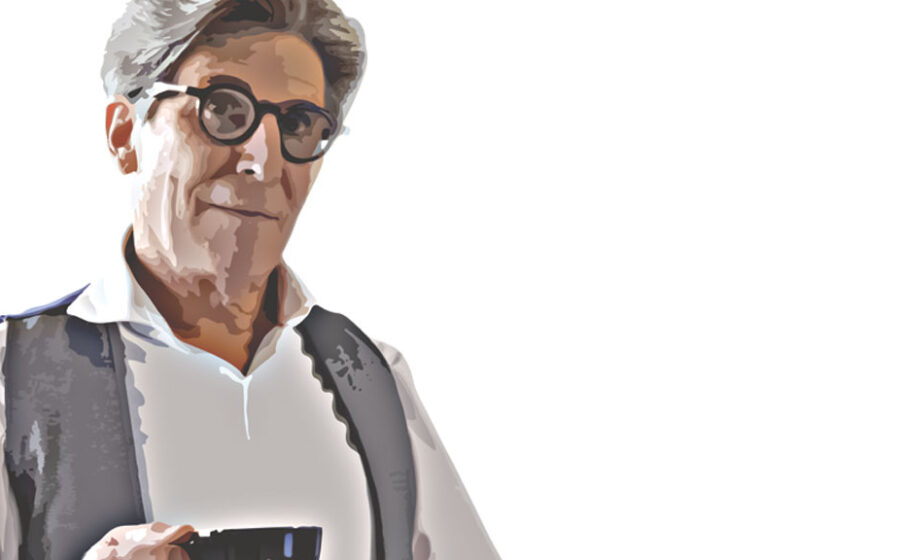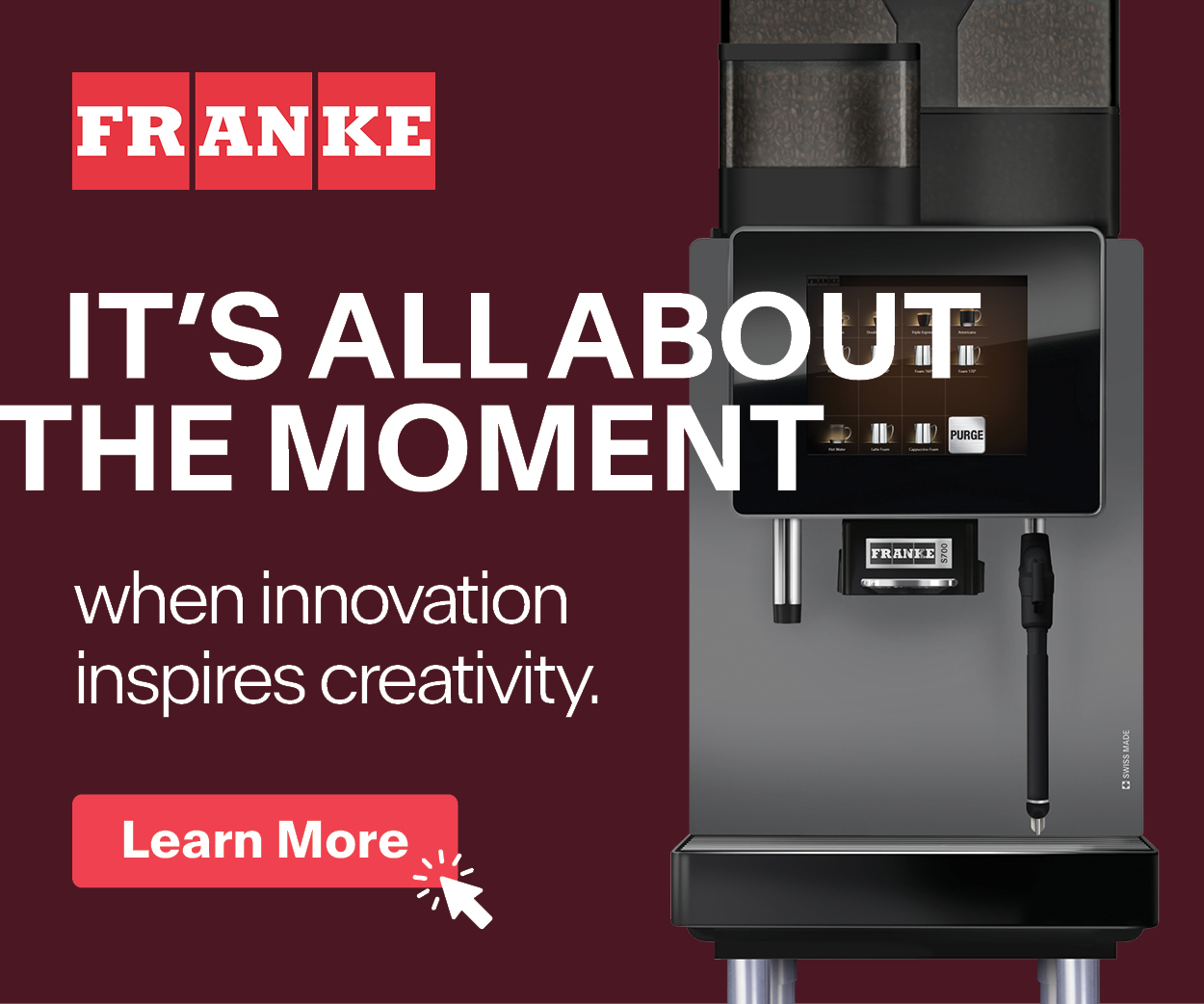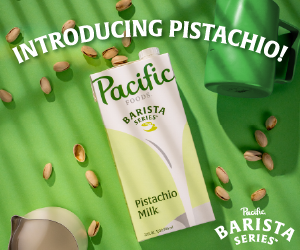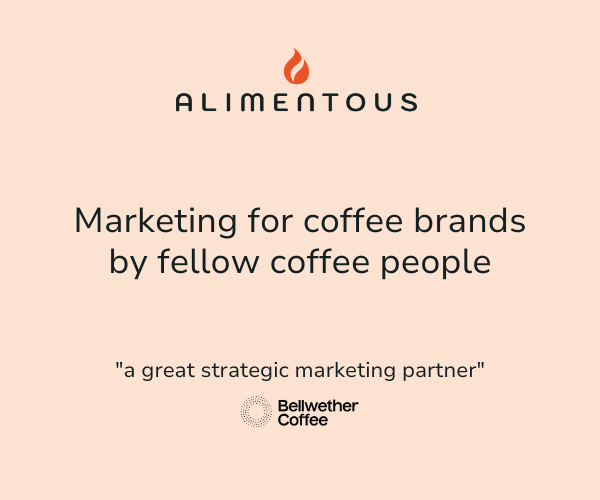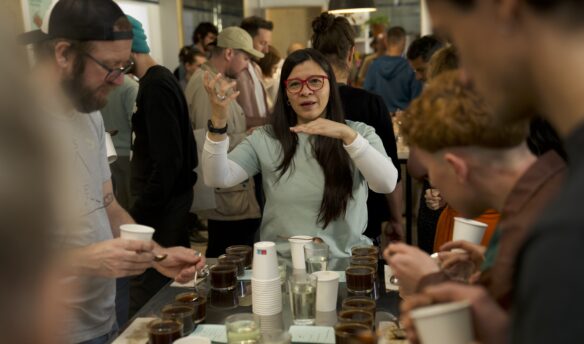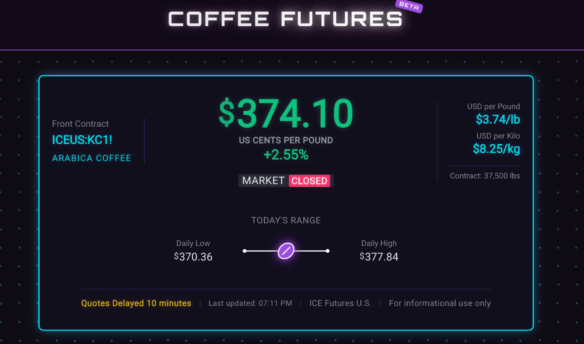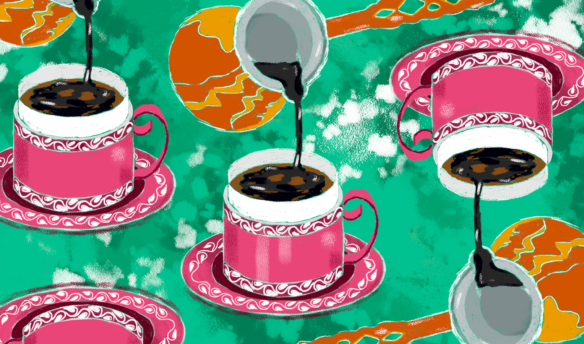[I]t’s hard to imagine the brightest luminaries of the coffee industry didn’t always know a great deal about coffee. It’s hard to imagine that it took anything short of a blinding-light experience to draw them to the good beans, or that they weren’t born with a nel dripper in one hand and gooseneck kettle in the other. James Freeman’s first pour-over must have tasted like the future; Brooke McDonnell’s first roast shook the earth; David Griswold’s picking basket filled of its own accord and, lo, it never ran empty. These are the miracle workers of coffee; saints who were never like the rest of us.
Right? Of course.
Another is Timothy Schilling, the executive director of World Coffee Research, the young, Texas A&M–based research outfit that is doing some of—maybe, the most—sophisticated science in coffee. Most recently, the WCR released the Sensory Lexicon, a robust tool to evaluate the attributes of coffee. The Lexicon then underpinned the SCAA’s new Coffee Taster’s Flavor Wheel. The two documents are WCR’s most applicable work for roasters, café owners, and baristas, but far from its most important.
At the core of their efforts, Schilling and his team are striving to create the next generation of coffee plants; plants that will be the first ever developed with quality, not yield, as the primary goal; plants that will be developed to survive whatever ravages climate change has waiting for us. Schilling is at the head of the world’s pantheon of coffee scientists. And his coffee story begins in just about the dopiest way possible: standing in a co-op in Lincoln, Nebraska, scooping beans out of a barrel.
“They were selling this special coffee from California from this place called Peet’s,” he says. “I got it, and I couldn’t believe it. Wow, man, this is a whole other world. That’s really my introduction into specialty coffee. I bought a little Krups espresso machine, and, bam, I was a turned-on consumer.”
This was in the mid-eighties, on the cusp of specialty coffee’s rise, and Schilling was working for the University of Nebraska on a project about sorghum and millet, the world’s least sexy grains. Hop ahead about a decade and over eight thousand miles to Rwanda, where the US and Rwandan governments have brought him to help rebuild the country’s vital agriculture industry in the wake of the genocide. The work began by identifying crops that could best provide income for hundreds of thousands of people. That’s really when Schilling found coffee.
This interview has been edited for clarity and space.

How did you learn how important coffee is to Rwanda?
I went out, did some surveys, kicked around, and realized and recognized that there’s coffee all over the place. There’s 500,000 families working it, even though they were just garden plots. I said, wow, if we can figure out how to increase the value of that crop, there’s 500,000 people involved in it times by seven or eight family members—that’s half the population of the country. If we can increase the price by a nickel or a dime a pound, it would give those people a significant income boost.
I concentrated on the coffee, so much so that I bought my own roaster. I had a roasting operation called Rwandan Roasters, which still exists today. I ran it out of the garage. As soon as it was a known winner, I knew it was going to make money, I turned it over to Rwandan colleagues.
From 2000 to today, I’ve been 100 percent coffee.
Have there been any other crops that you’ve stuck with for more than a decade?
No, no. I changed crops like my shirt. It wasn’t about the crop. It was about the job, or the position, or whatever. But coffee was compelling. It was just such a wonderful beverage, and working with the plant you’re able to harvest, process, and then be drinking it. Then there’s the whole agronomy of it, or, I should say, the lack of any research on it. It was fascinating for me from all the different aspects, from all the different sides of coffee, the plant, the genetics, the attributes, the whole thing. I also realized that this was a commodity industry that had really, really great people, passionate, interesting people. I get off on that, so that was a major attraction for me staying in coffee.
Is there a change on the scientific side of coffee that compares to what we’ve seen in barista culture, in roasting culture, in consuming culture, where the quality matters?
Not to that extent. You can’t say there’s some sort of scientific coffee culture, but it’s definitely going that way. You’ve read that coffee is an orphan crop, it’s not thought of, so it’s wide open for research involvement. You have more opportunity, maybe, than in other crops. Then you have that magnetism. That’s definitely part of the DNA at WCR: we want to produce more coffee researchers and move into full discover mode. There’s so much to be discovered and applied, especially applied, on the quality end.
It’s amazing. We’re just at the tip of an iceberg. We don’t know what’s out there. We haven’t explored all the genetic possibilities in quality. We’re just getting to the point with the Lexicon that we’re even able to identify them in sensory panels, much less the volatile compounds and the precursor molecules behind them. You have to go there in order to be able to apply it, in other words, improve quality, make a new quality, make new attributes. You have to go the molecular route.
I derailed your story a bit. Tell me about how you ended up at WCR after Rwanda.
While I was in Rwanda, being a researcher I immediately wanted to know things about the effects on coffee quality. For example, we had the coffee bike idea. That came out of a piece of research looking at the effect of cherry delivery time on the quality of coffee. We did an experiment: bring the cherries in after two hours after picking, OK; four hours, OK; ten hours, OK; twenty hours, OK; thirty-six hours. Then get all the data, analyze it.
To really make progress, let’s concentrate on improving the genetics of coffee, the varieties. We can do more through variety improvement than any other single area of research.
We would run all these little experiments, and I realized two things: the first was there was almost nothing out there on the effect of anything on the quality of coffee. I said, well this is totally ridiculous. Then I realized that utilizing the SCAA cupping form was great for buying coffee and being on the same page with a group of cuppers, but in terms of evaluating it discriminately, where you’re really saying this is a 1.5, not plus or minus three but plus or minus 0.002. It didn’t do that. You couldn’t do that. This is an 85, plus or minus five. You can’t really make progress when your measuring tool is so imprecise.
Those were some of the things that made me write up a little white paper. In 2009, the SCAA invited me to present the research at the first Symposium. I was flabbergasted by all the interest in these research experiments.
That sparked a bunch of interest, including from pretty big companies and the SCAA who agreed with you that there was a huge need for research.
At that point they asked me to develop the full concept paper for what at that time was called the Global Coffee Quality Research Initiative. GCQRI, that’s what we were calling it.
So we assembled the industry together. There were about eighty of us that came together. There were about sixty roasting companies, and exporting companies were also there, and just a handful of researchers. We all got together at Texas A&M, and the questions were: does the industry really want this; what is it; and what part of coffee do we research? Research is big. You can’t research everything because we’re not going to have much money. They gave us this big ol’ list of different activities that we went over. Finally we got it nicely detailed and the first thing was change the name. We came up with WCR. I had told everyone that you can’t do jack with a million dollars. You’ve got to have at least $1.2 to $1.5 to come out of the gate. And then to actually make it do something, you need like $3 million, but it’s actually probably something more to move the needle on the supply of quality coffee. We went out with $1.2 million in April of 2012, and we’re at $2.6 million now. We’re trying to get to $7 million by 2020.

What did you settle on for research?
To really make progress, let’s concentrate on improving the genetics of coffee, the varieties. We can do more through variety improvement than any other single area of research. Variety improvement is easy for a farmer because it’s something he knows. It’s a seed, and it performs better than the last one.
Part of it would be expanding the genetic resources, making sure nothing gets killed by the changing climate in the wild forests where coffee is born. It goes from that level of research activity through to our international multi-location variety trial, through the advanced efforts called pre-breeding to the breeding efforts, then on down to the farm, testing stuff in farmers’ fields. This is the sleekest, most streamlined way of getting the biggest bang for the buck. The industry felt that was right.
It’s been clear that WCR has been doing a lot, but the Lexicon is the first big thing that people can hold onto and look through and you don’t need to be an agronomist or geneticist to dig into and use.
For the SCAA membership, I think that’s right. That’s the first product from WCR that has some significance for those people because they work with the attributes and taste, and they get excited by that stuff. Hopefully there will be a bridge that’s created and people will say, wow, that’s cool and look what else they’re doing with varieties. The idea is to utilize this Lexicon and actually improve and make a wider palate of taste attributes for coffee.
With this research, with the tests you’re doing, in ten years, in fifteen years, what do you hope the industry will have gotten from WCR?
What we’re looking for, is we’re going through the effects of climate change. The planet is getting warmer, the coffee climate is getting warmer, there are extreme weather events going on, those extreme weather events are causing increasing havoc with plant diseases and insect pests. That’s big for people interested in coffee production. What we’re looking for is we want to ensure that we can maintain and even grow and improve the quality of arabica coffee (I should just say the quality of coffee), while at the same time giving these new varieties the ability to resist or tolerate or be resilient to a lot of the effects of the changing climate. That’s the real trick.
We’re not doing GMO. The industry is very clear on that. They don’t want GMO, but there’s a lot of stuff you can do without it. We may have to go to other species of Coffea—robusta, eugenioides, liberica—and pulling out, in a classic way, genes for resilience and these other agronomic traits that we’re just going to have to have. The real trick is doing that and keeping and even improving the quality of coffee.
That’s what I hope that people will look back in 2030 and say, damn, so that’s what they were up to. They were ensuring all these great traits that we all love are still there, despite the fact the plant looks like robusta.
—Cory Eldridge is Fresh Cup‘s editor.



